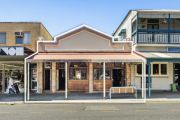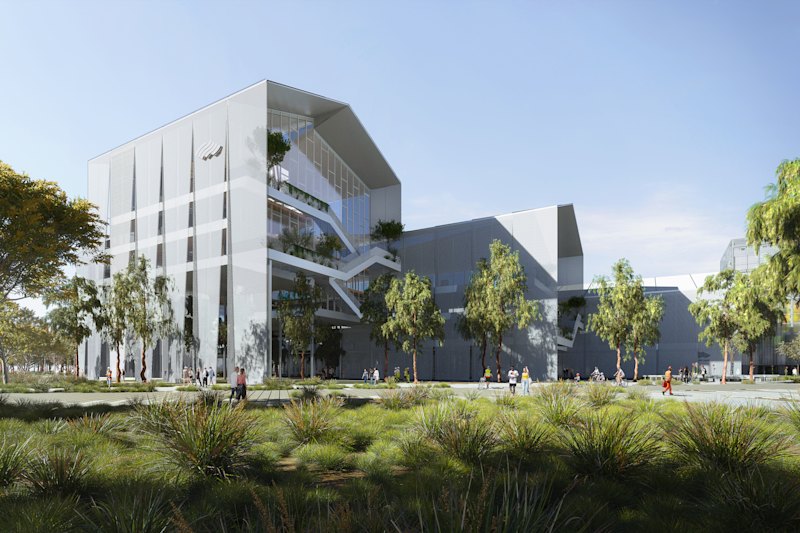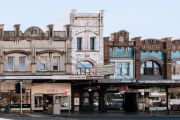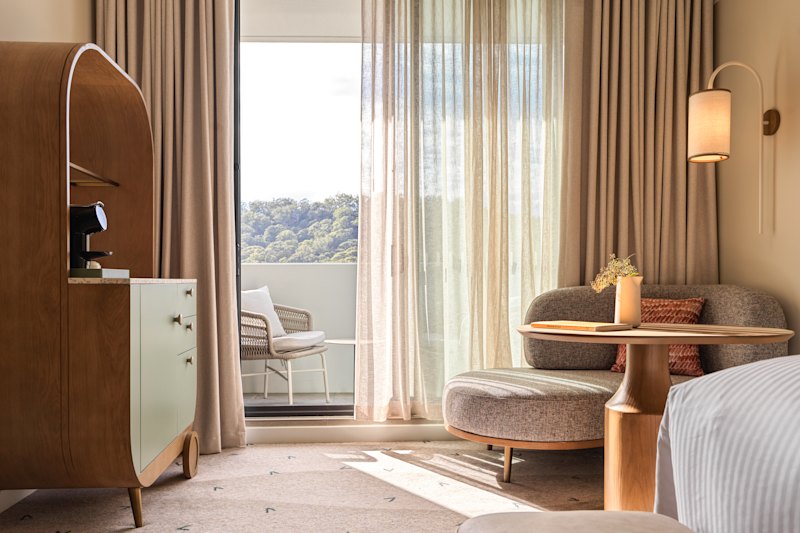
Without their key ingredient, can Australia's CBDs survive?
The COVID-19 plight of the CBDs – from eerily quiet, billion-dollar office towers to bankrupt small bars – has been recognised by the Morrison government.
Questioned at a Monday briefing for industry on the updated Framework for National Reopening, a deputy secretary of the Department of Home Affairs foreshadowed the development of “sector plans for the CBDs”.
Just what will emerge from those plans is not clear. The department declined to say more.
But the comments point to the growing recognition that the CBDs need help if they are to quickly regain their pre-COVID-19 position as powerhouses of the Australian economy and cultural life.
“You cannot have economic recovery without a CBD recovery,” says Property Council chief executive Ken Morrison.
Melbourne, which reopened its CBD retailing on Wednesday, already has a high-powered Bringing Melbourne Back Better advisory board and a $100 million commitment from the Victorian government and the City of Melbourne for a central city reactivation fund.
In Sydney, NSW Treasurer Dominic Perrottet and fellow ministers met lord mayor Clover Moore and business leaders at a Summer Summit last month to generate ideas – helped by new funding packages, and potentially next month’s budget – to bring the CBD back to life as “a COVID-safe alfresco city.”
Of course the key ingredient of a vibrant CBD – the people in office towers, hotels and apartments – is still missing. More of that later.
But the moves to enliven the cities are a good start. There is too much invested in the CBDs – public money in the transport infrastructure, and private money in real estate and business – to allow the current emptiness to become a self-fulfilling death spiral.
Sure, many experts, right around the globe, are predicting the end of the office and the death of the CBD.
The reinforcement of working from home; concerns about density and public transport; the collapse of tourism; a seeming shift to the suburbs and regions; and a recession, will test the CBD’s centripetal pull.
I am confident the CBDs will survive. Yes, some workers will never return to an office. Others will never return to a CBD office. Global tourism will not recover until a vaccine emerges. And many of those inner-city apartments will struggle until immigration and international students return.
But I think that the economics of agglomeration will reassert itself. In the meantime, the new initiatives could make the CBD a better place to be.
The Committee for Sydney puts it simply: “We should do everything possible in the short run to make the CBD an enticing destination, so people will choose to be there rather than going out of a sense of obligation.”
Before COVID-19 struck, the Melbourne CBD had a weekday population of about one million, according independent economist Terry Rawnsley.
A quarter of those people occupied the office towers; another 250,000 worked in retail, or food services or in the hospitals. Add to those some 175,000 residents, 80,000 students, 200,000 visitors from the suburbs or regional Victoria and another 100,000 visitors from interstate or overseas.
Together they generated around $104 billion last year, or around 24 per cent of the Victoria’s gross state product, according to the City of Melbourne.
The pandemic hit the population numbers, and the dollars, hard. Not only did the office towers empty, but the students and the visitors stopped coming and a substantial number of apartment residents left as well.
On council estimates, 52,000 inner Melbourne workers – about one in 10 of the workforce – lost their jobs between March and August.
“Economic research shows that the pandemic could reduce gross local product by up to $110 billion over the next five years compared to pre COVID-19 projections,” said lord mayor Sally Capp.
The numbers are different, but the story is much the same in CBDs around the country.
In 2018, $140 billion, or 7 per cent of the Australian economy was generated in the City of Sydney, which incorporates the CBD and its surrounds.
To bring back the money, you have to bring back the people.
Significantly, Prime Minister Scott Morrison has encouraged Commonwealth public servants to return to the office if practicable.
Today’s graphics, based on more than 100 responses from Property Council members who specialise in the office sector, show how difficult it is, even in CBDs long untouched by the pandemic, to achieve a full return to work.
Significantly they point to the reasons. Fear of public transport is in on the list. But at the top of the list is “government public health restrictions/lockdowns”.
In Melbourne, the advice is still to stay at home if you can work from home.
In Sydney, the Public Health (COVID-19 Restrictions on Gathering and Movement Order) made by Minister for Health Brad Hazzard in September was updated as recently as last week.
Clause 6 states: “The Minister directs that an employer must allow an employee to work at the employee’s place of residence if it is reasonably practicable to do so.”
In essence, if you want to work at home, your employer cannot stop you.
Darren Steinberg, the chief executive of leading office tower owner Dexus, says the state health advice needs to be amended at this stage of the COVID-19 cycle.
Rawnsley estimates that half the CBD office workforce will return full-time with another 30 per cent working flexibly and 20 per cent not returning at all.
Certainly all the staff surveys show some preference for working at home. What they don’t show is the preference of the management and the preference of customers.
I sense some frustration among management at not being able to directly ask employees to return.
At the moment the focus is on enlivening the city.
Sydney lord mayor Moore says the city needs to “allow and encourage businesses to operate outdoors, and we need to support our creative and cultural life to activate and draw people back to our city, safely.”
Suggestions included more flexible outdoor dining arrangements, outdoor stages, local artists to perform throughout the city, more flexible public transport and longer retail trading hours.
The Committee for Sydney recommends encouraging people back onto public transport, with a requirement to wear masks.
Capp’s Bringing Melbourne Back Better advisory group includes leading Melburnians such as Lindsay Fox, Lorenz Grollo and Elizabeth Proust.
Proust calls it an opportunity to “rebuild the Melbourne economy”.











